Contents�
Preface to the Fourth Edition�
Preface to the Third Edition�
Preface to the First Edition�
To the Instructor�
Acknowledgments�
1 Introduction�
1.1 Stochastic Modeling�
1.1.1 Stochastic Processes�
1.2 Probability Review�
1.2.1 Events and Probabilities�
1.2.2 Random Variables�
1.2.3 Moments and Expected Values�
1.2.4 Joint Distribution Functions�
1.2.5 Sums and Convolutions�
1.2.6 Change of Variable�
1.2.7 Conditional Probability�
1.2.8 Review of Axiomatic Probability Theory�
1.3 The Major Discrete Distributions�
1.3.1 Bernoulli Distribution�
1.3.2 Binomial Distribution�
1.3.3 Geometric and Negative Binominal Distributions�
1.3.4 The Poisson Distribution�
1.3.5 The Multinomial Distribution�
1.4 Important Continuous Distributions�
1.4.1 The Normal Distribution�
1.4.2 The Exponential Distribution�
1.4.3 The Uniform Distribution�
1.4.4 The Gamma Distribution�
1.4.5 The Beta Distribution�
1.4.6 The Joint Normal Distribution�
1.5 Some Elementary Exercises�
1.5.1 Tail Probabilities�
1.5.2 The Exponential Distribution�
1.6 Useful Functions, Integrals, and Sums�
2 Conditional Probability and Conditional Expectation�
2.1 The Discrete Case�
2.2 The Dice Game Craps�
2.3 Random Sums�
2.3.1 Conditional Distributions: The Mixed Case�
2.3.2 The Moments of a Random Sum�
2.3.3 The Distribution of a Random Sum�
2.4 Conditioning on a Continuous Random Variable�
2.5 Martingales�
2.5.1 The Definition�
2.5.2 The Markov Inequality�
2.5.3 The Maximal Inequality for Nonnegative Martingales�
3 Markov Chains: Introduction�
3.1 Definitions�
3.2 Transition Probability Matrices of a Markov Chain�
3.3 Some Markov Chain Models�
3.3.1 An Inventory Model�
3.3.2 The Ehrenfest Urn Model�
3.3.3 Markov Chains in Genetics�
3.3.4 A Discrete Queueing Markov Chain�
3.4 First Step Analysis�
3.4.1 Simple First Step Analyses�
3.4.2 The General Absorbing Markov Chain�
3.5 Some Special Markov Chains�
3.5.1 The Two-State Markov Chain�
3.5.2 Markov Chains Defined by Independent Random Variables�
3.5.3 One-Dimensional Random Walks�
3.5.4 Success Runs�
3.6 Functional of Random Walks and Success Runs�
3.6.1 The General Random Walk�
3.6.2 Cash Management�
3.6.3 The Success Runs Markov Chain�
3.7 Another Look at First Step Analysis�
3.8 Branching Processes�
3.8.1 Examples of Branching Processes�
3.8.2 The Mean and Variance of a Branching Process�
3.8.3 Extinction Probabilities�
3.9 Branching Processes and Generating Functions�
3.9.1 Generating Functions and Extinction Probabilities�
3.9.2 Probability Generating Functions and Sums of Independent Random Variables�
3.9.3 Multiple Branching Processes�
4 The Long Run Behavior of Markov Chains�
4.1 Regular Transition Probability Matrices�
4.1.1 Doubly Stochastic Matrices�
4.1.2 Interpretation of the Limiting Distribution�
4.2 Examples�
4.2.1 Including History in the State Description�
4.2.2 Reliability and Redundancy�
4.2.3 A Continuous Sampling Plan�
4.2.4 Age Replacement Policies�
4.2.5 Optimal Replacement Rules�
4.3 The Classification of States�
4.3.1 Irreducible Markov Chains�
4.3.2 Periodicity of a Markov Chain�
4.3.3 Recurrent and Transient States�
4.4 The Basic Limit Theorem of Markov Chains�
4.5 Reducible Markov Chains�
5 Poisson Processes�
5.1 The Poisson Distribution and the Poisson Process�
5.1.1 The Poisson Distribution�
5.1.2 The Poisson Process�
5.1.3 Nonhomogeneous Processes�
5.1.4 Cox Processes�
5.2 The Law of Rare Events�
5.2.1 The Law of Rare Events and the Poisson Process�
5.2.2 Proof of Theorem 5.3�
5.3 Distributions Associated with the Poisson Process�
5.4 The Uniform Distribution and Poisson Processes�
5.4.1 Shot Noise�
5.4.2 Sum Quota Sampling�
5.5 Spatial Poisson Processes�
5.6 Compound and Marked Poisson Processes�
5.6.1 Compound Poisson Processes�
5.6.2 Marked Poisson Processes�
6 Continuous Time Markov Chains�
6.1 Pure Birth Processes�
6.1.1 Postulates for the Poisson Process�
6.1.2 Pure Birth Process�
6.1.3 The Yule Process�
6.2 Pure Death Processes�
6.2.1 The Linear Death Process�
6.2.2 Cable Failure Under Static Fatigue�
6.3 Birth and Death Processes�
6.3.1 Postulates�
6.3.2 Sojourn Times�
6.3.3 Differential Equations of Birth and Death Processes�
6.4 The Limiting Behavior of Birth and Death Processes�
6.5 Birth and Death Processes with Absorbing States�
6.5.1 Probability of Absorption into State 0�
6.5.2 Mean Time Until Absorption�
6.6 Finite-State Continuous Time Markov Chains�
6.7 A Poisson Process with a Markov Intensity�
7 Renewal Phenomena�
7.1 Definition of a Renewal Process and Related Concepts�
7.2 Some Examples of Renewal Processes�
7.2.1 Brief Sketches of Renewal Situations�
7.2.2 Block Replacement�
7.3 The Poisson Process Viewed as a Renewal Process�
7.4 The Asymptotic Behavior of Renewal Processes�
7.4.1 The Elementary Renewal Theorem�
7.4.2 The Renewal Theorem for Continuous Lifetimes�
7.4.3 The Asymptotic Distribution of N(t)�
7.4.4 The Limiting Distribution of Age and Excess Life�
7.5 Generalizations and Variations on Renewal Processes�
7.5.1 Delayed Renewal Processes�
7.5.2 Stationary Renewal Processes�
7.5.3 Cumulative and Related Processes�
7.6 Discrete Renewal Theory�
7.6.1 The Discrete Renewal Theorem�
7.6.2 Deterministic Population Growth with Age Distribution�
8 Brownian Motion and Related Processes�
8.1 Brownian Motion and Gaussian Processes�
8.1.1 A Little History�
8.1.2 The Brownian Motion Stochastic Process�
8.1.3 The Central Limit Theorem and the Invariance Principle�
8.1.4 Gaussian Processes�
8.2 The Maximum Variable and the Reflection Principle�
8.2.1 The Reflection Principle�
8.2.2 The Time to First Reach a Level�
8.2.3 The Zeros of Brownian Motion�
8.3 Variations and Extensions�
8.3.1 Reflected Brownian Motion�
8.3.2 Absorbed Brownian Motion�
8.3.3 The Brownian Bridge�
8.3.4 Brownian Meander�
8.4 Brownian Motion with Drift�
8.4.1 The Gambler's Ruin Problem�
8.4.2 Geometric Brownian Motion�
8.5 The Ornstein-Uhlenbeck Process�
8.5.1 A Second Approach to Physical Brownian Motion�
8.5.2 The Position Process�
8.5.3 The Long Run Behavior�
8.5.4 Brownian Measure and Integration�
9 Queueing Systems�
9.1 Queueing Processes�
9.1.1 The Queueing Formula L = lambda W�
9.1.2 A Sampling of Queueing Models�
9.2 Poisson Arrivals, Exponential Service Times�
9.2.1 The M/M/1 System�
9.2.2 The M/M/infty System�
9.2.3 The M/M/s System�
9.3 General Service Time Distributions�
9.3.1 The M/G/1 System�
9.3.2 The M/G/infty System�
9.4 Variations and Extensions�
9.4.1 Systems with Balking�
9.4.2 Variable Service Rates�
9.4.3 A System with Feedback�
9.4.4 A Two-Server Overflow Queue�
9.4.5 Preemptive Priority Queues�
9.5 Open Acyclic Queueing Networks�
9.5.1 The Basic Theorem�
9.5.2 Two Queues in Tandem�
9.5.3 Open Acyclic Networks�
9.5.4 Appendix: Time Reversibility�
9.5.5 Proof of Theorem 9.1�
9.6 General Open Networks�
9.6.1 The General Open Network�
10 Random Evolutions�
10.1 Two-State Velocity Model�
10.1.1 Two-State Random Evolution�
10.1.2 The Telegraph Equation�
10.1.3 Distribution Functions and Densities in the Two-State Model�
10.1.4 Passage Time Distributions�
10.2 N-State Random Evolution�
10.2.1 Finite Markov Chains and Random Velocity Models�
10.2.2 Constructive Approach of Random Velocity Models�
10.2.3 Random Evolution Processes�
10.2.4 Existence-Uniqueness of the First-Order System (10.26)�
10.2.5 Single Hyperbolic Equation�
10.2.6 Spectral Properties of the Transition Matrix�
10.2.7 Recurrence Properties of Random Evolution�
10.3 Weak Law and Central Limit Theorem�
10.4 Isotropic Transport in Higher Dimensions�
10.4.1 The Rayleigh Problem of Random Flights�
10.4.2 Three-Dimensional Rayleigh Model�
11 Characteristic Functions and Their Applications�
11.1 Definition of the Characteristic Function�
11.1.1 Two Basic Properties of the Characteristic Function�
11.2 Inversion Formulas for Characteristic Functions�
11.2.1 Fourier Reciprocity/Local Non-Uniqueness�
11.2.2 Fourier Inversion and Parseval's Identity�
11.3 Inversion Formula for General Random Variables�
11.4 The Continuity Theorem�
11.4.1 Proof of the Continuity Theorem�
11.5 Proof of the Central Limit Theorem�
11.6 Stirling's Formula and Applications�
11.6.1 Poisson Representation of n!�
11.6.2 Proof of Stirling's Formula�
11.7 Local deMoivre-Laplace Theorem�
Further Reading�
Answers to Exercises�
Index�
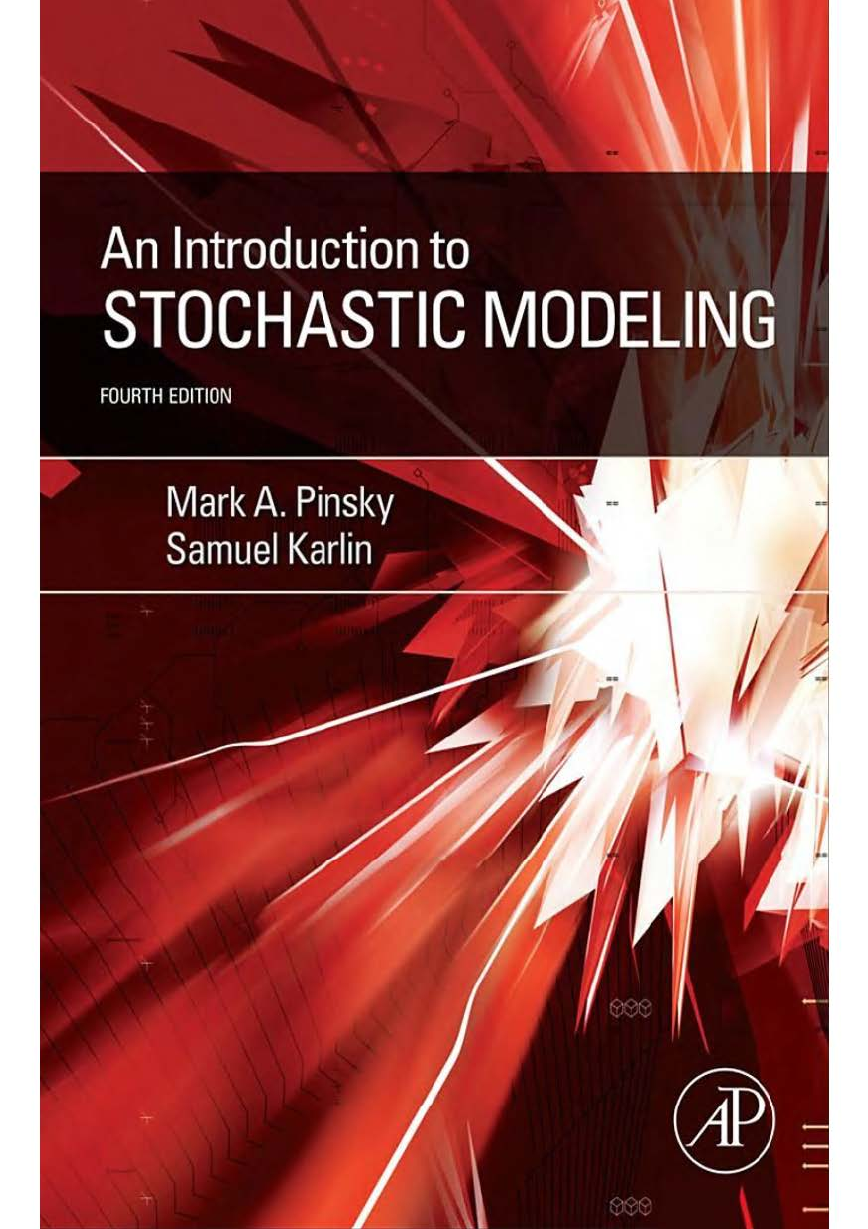
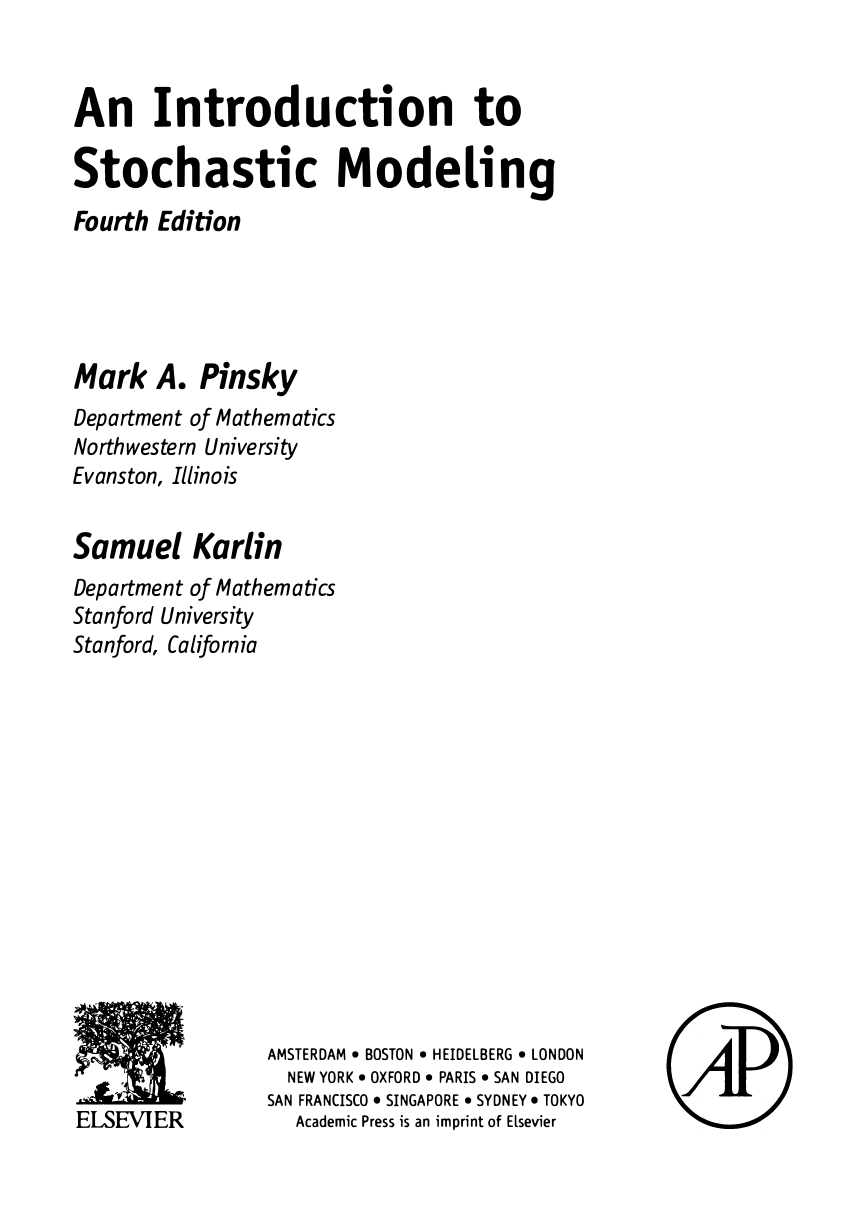
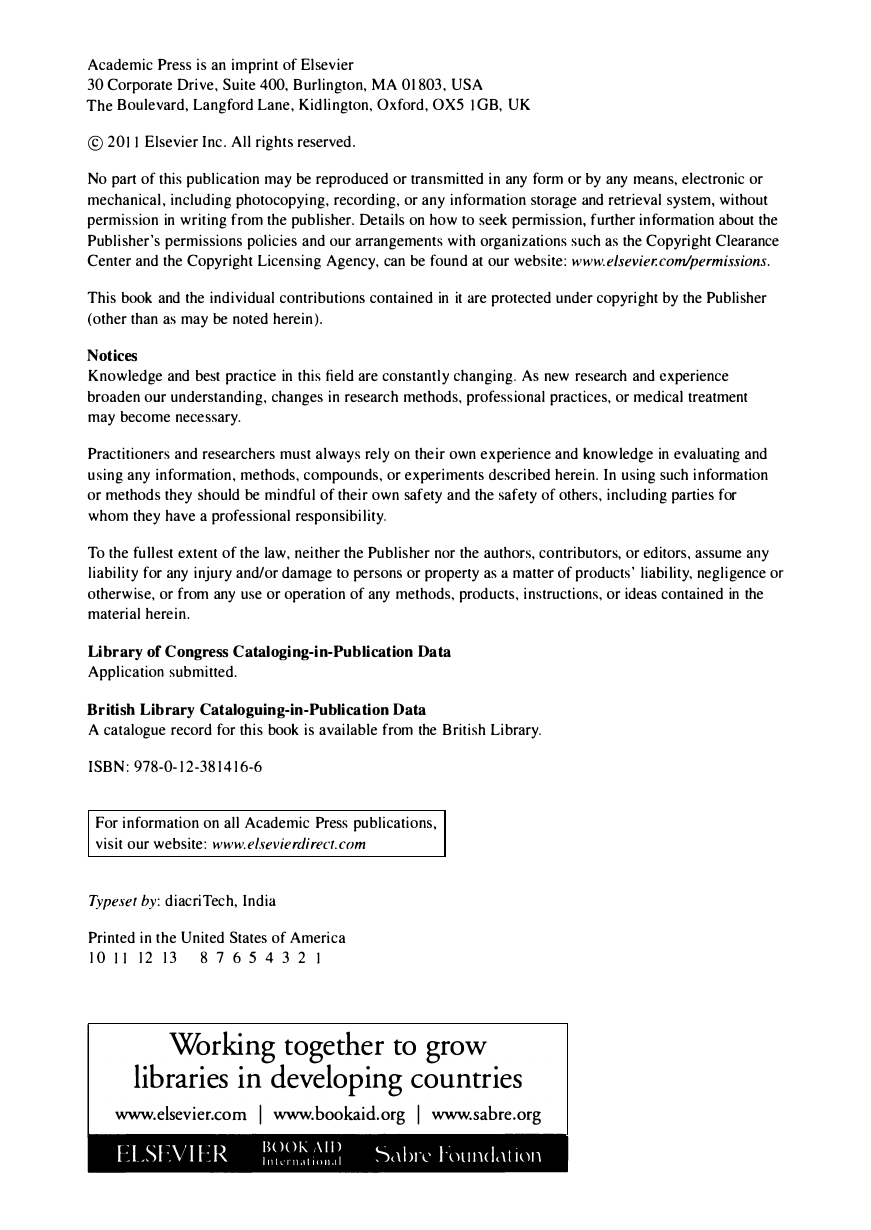
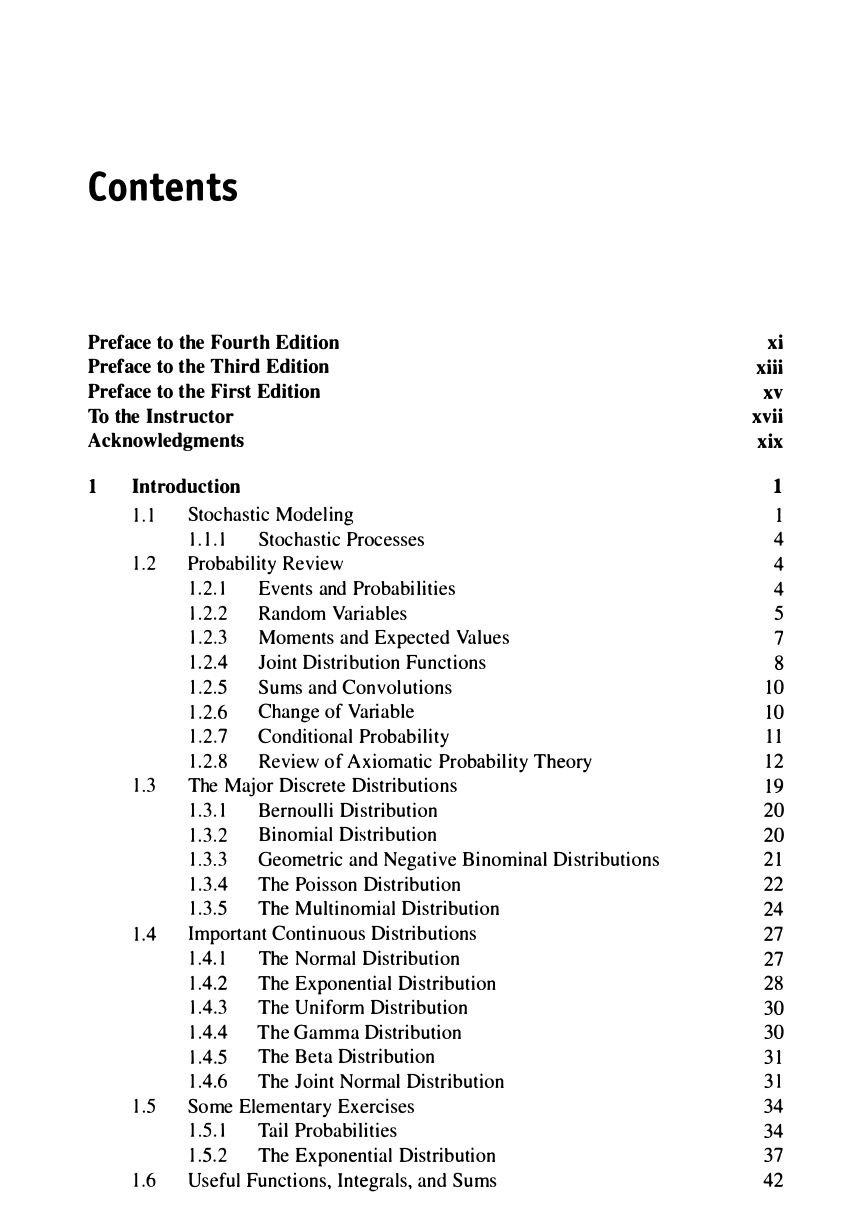
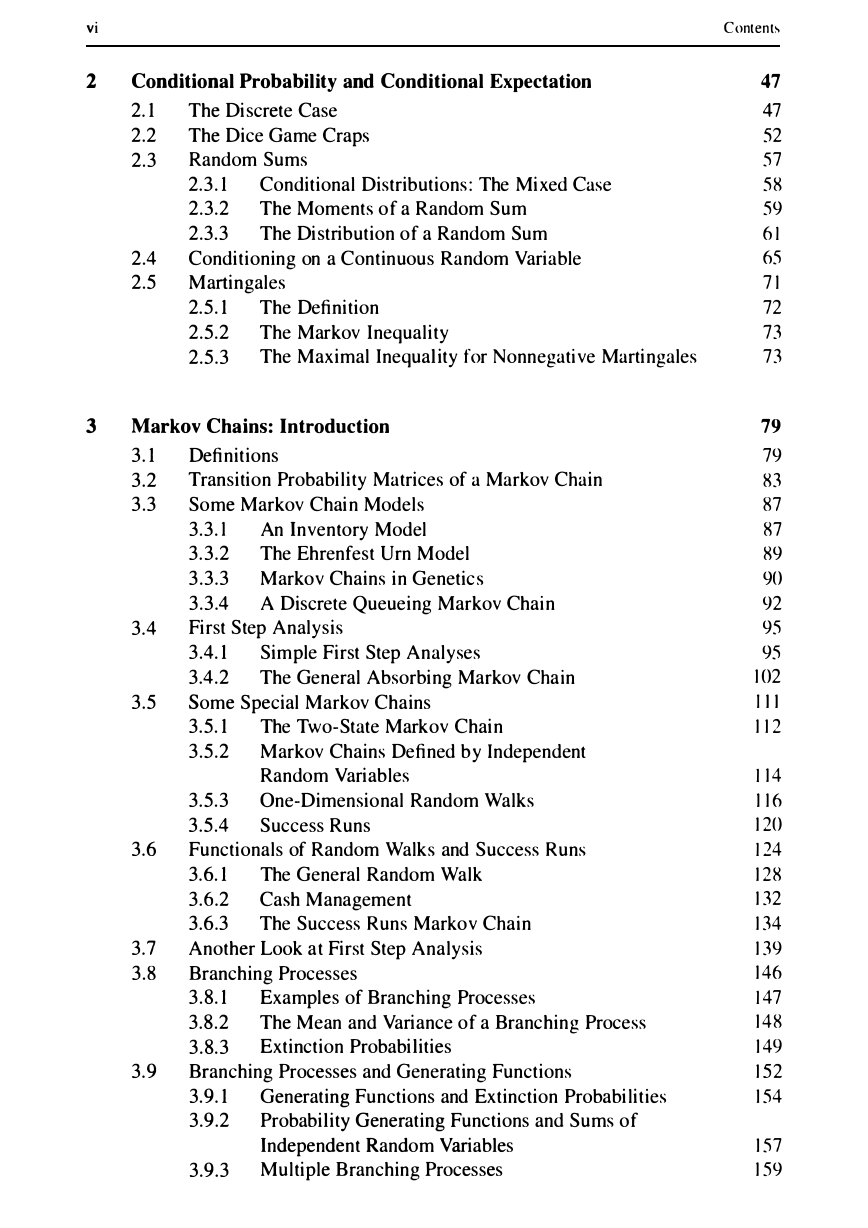

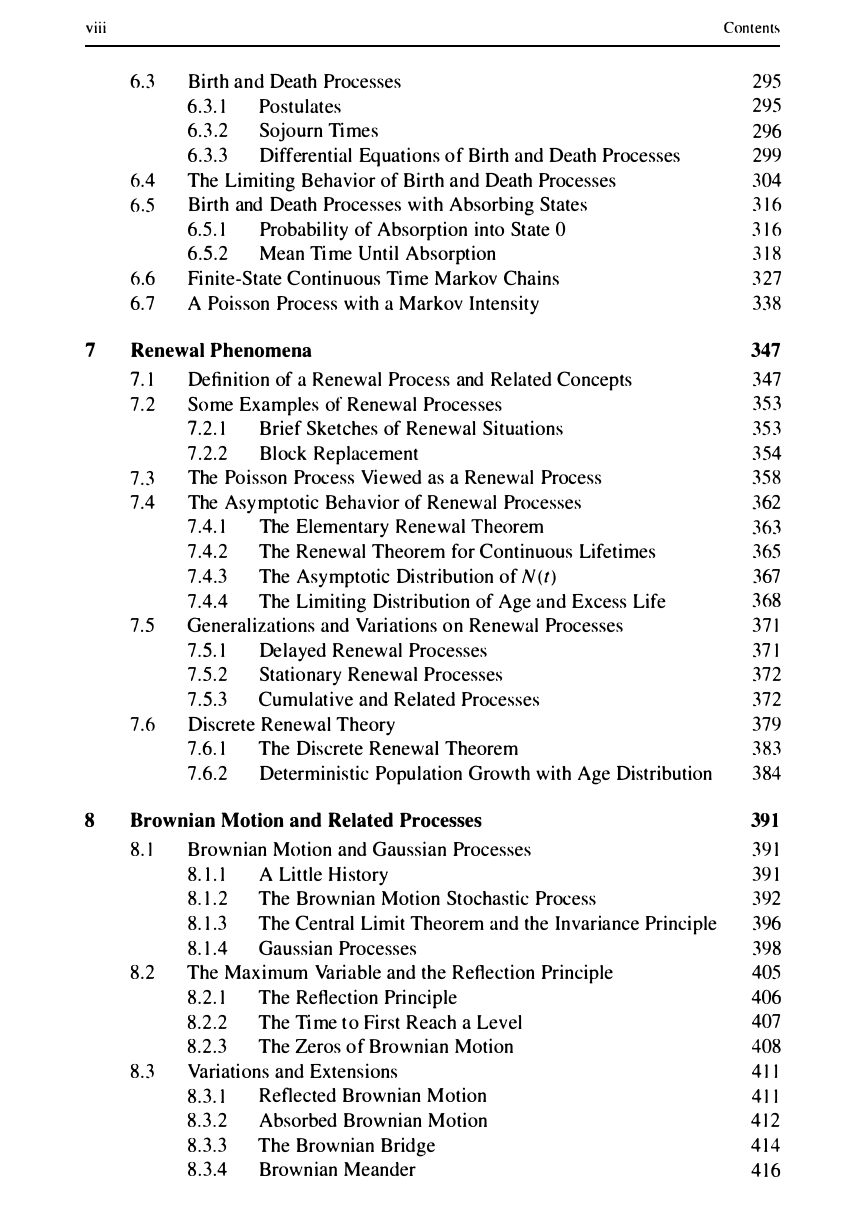
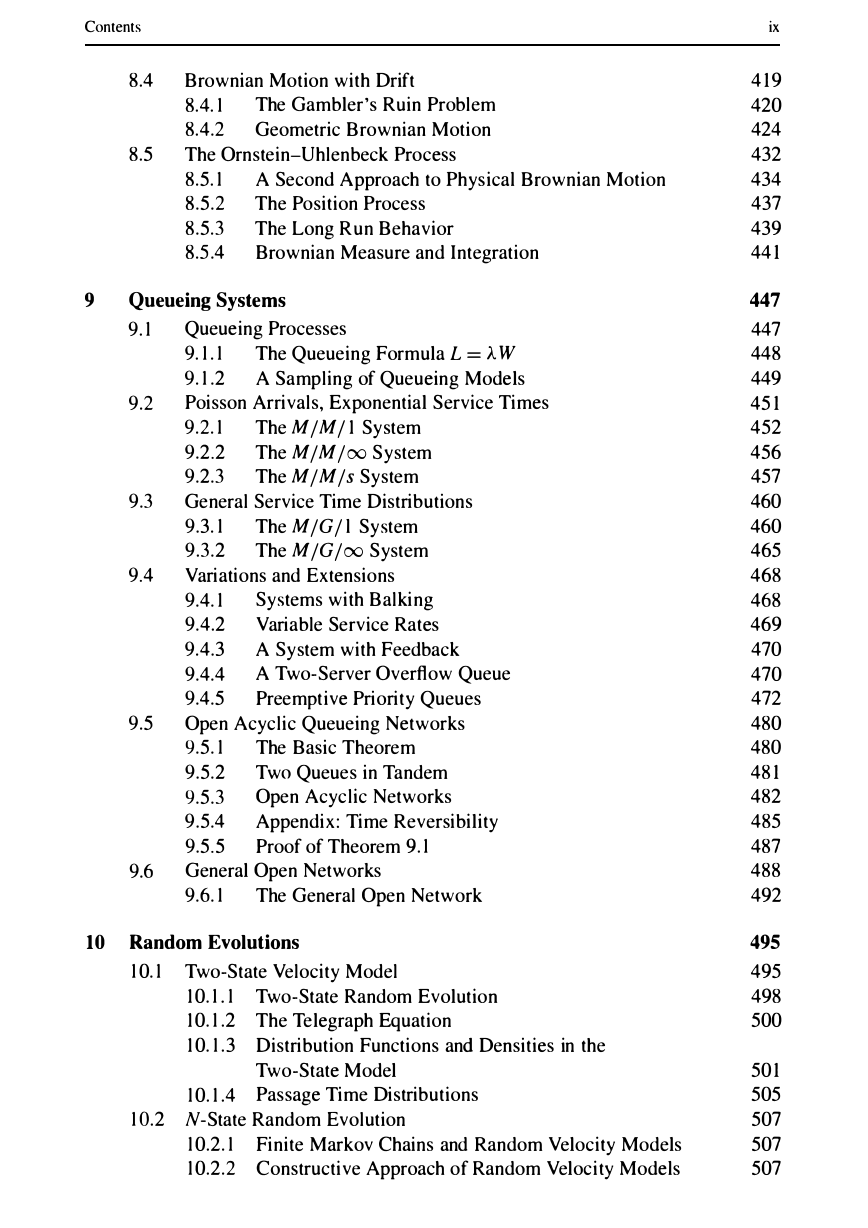








 2023年江西萍乡中考道德与法治真题及答案.doc
2023年江西萍乡中考道德与法治真题及答案.doc 2012年重庆南川中考生物真题及答案.doc
2012年重庆南川中考生物真题及答案.doc 2013年江西师范大学地理学综合及文艺理论基础考研真题.doc
2013年江西师范大学地理学综合及文艺理论基础考研真题.doc 2020年四川甘孜小升初语文真题及答案I卷.doc
2020年四川甘孜小升初语文真题及答案I卷.doc 2020年注册岩土工程师专业基础考试真题及答案.doc
2020年注册岩土工程师专业基础考试真题及答案.doc 2023-2024学年福建省厦门市九年级上学期数学月考试题及答案.doc
2023-2024学年福建省厦门市九年级上学期数学月考试题及答案.doc 2021-2022学年辽宁省沈阳市大东区九年级上学期语文期末试题及答案.doc
2021-2022学年辽宁省沈阳市大东区九年级上学期语文期末试题及答案.doc 2022-2023学年北京东城区初三第一学期物理期末试卷及答案.doc
2022-2023学年北京东城区初三第一学期物理期末试卷及答案.doc 2018上半年江西教师资格初中地理学科知识与教学能力真题及答案.doc
2018上半年江西教师资格初中地理学科知识与教学能力真题及答案.doc 2012年河北国家公务员申论考试真题及答案-省级.doc
2012年河北国家公务员申论考试真题及答案-省级.doc 2020-2021学年江苏省扬州市江都区邵樊片九年级上学期数学第一次质量检测试题及答案.doc
2020-2021学年江苏省扬州市江都区邵樊片九年级上学期数学第一次质量检测试题及答案.doc 2022下半年黑龙江教师资格证中学综合素质真题及答案.doc
2022下半年黑龙江教师资格证中学综合素质真题及答案.doc